Your Child Will Learn
During an emergency, there a things we should do and places we should go to be safe
Here’s What to Do
- Discuss potential emergency situations that are specific to your regional location, like fires, floods, tornadoes, earthquakes, and hurricanes
- Work with your children to draw an aerial map of your home on paper and have your children mark, circle, or outline all safe paths, exits, and places for cover during emergencies
- Display this map on the refrigerator or a wall where everyone can see it
- Perform practice drills by following your safety plan so your children know what to do and where to go during an emergency
Put PEER Into Action
PAUSE
- Be calm, rested, and relaxed for this conversation and activity
ENGAGE
- Avoid scaring or creating additional fear by explaining to your children that plans keep families safe and there’s no need to fear because the likelihood of an emergency is pretty low
- Ask your children to explain what they do during safety drills in school
ENCOURAGE
- Reference and use the map to perform a practice drill calmly and quietly
- Praise your children for their participation on such an important matter
REFLECT
- Ask your children, “how is our family safety plan similar or different from safety plans at your school”?
Not Quite Ready
Draw a map of your home and mark all the ways you can exit safely; discuss the emergency safety plan when your child is ready for this conversation
Ready for More
Read nonfiction children’s books about safety and extreme weather
As Your Child Masters This Skill
They will be able to draw a map and mark important locations with symbols
Time to Complete
10-15 minutes
Materials Needed
Paper, pencil, crayons, markers, colored pencils
